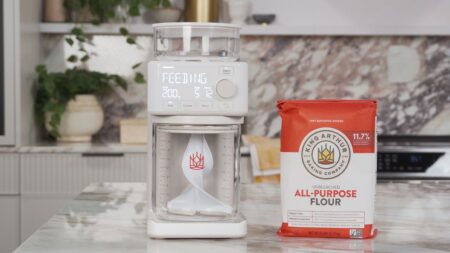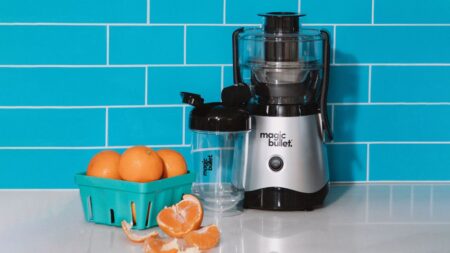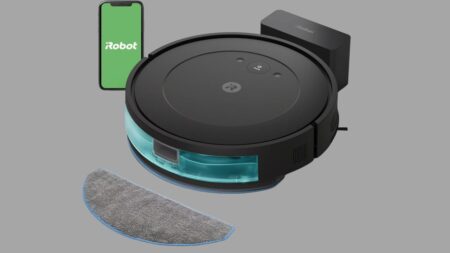Summer heat can take a toll on your health. Ice is something everyone wants to lay their hands on when the sun heat comes scorching down. Although one can get regular trays and ice bags from every corner store and supermarket, one easy way to get a large quantity of uniform, crystal clear ice is by using an ice maker.
Obviously, if you own a bar or have planned a big outdoor event (with lots of attendants), putting a few trays in the freezer two hours prior or buying a couple of bags is not enough. This is where an outdoor ice maker comes in handy. But before you jump the bandwagon and go buy a machine instinctively, there are a few things you should understand the pros and cons of an outdoor ice maker.
Pros of an outdoor ice maker
Despite being similar to their indoor counterparts, outdoor ice makers have a number of specific characteristics that set them apart. The first (and most obvious) advantage is that these machines are capable of generating a reasonable quantity of ice in temperatures that can reach up to 100 degrees Fahrenheit. This fact alone makes it an extremely worthwhile investment, especially for people who live in areas with tropical or subtropical weather conditions, with high levels of humidity in the air.
This doesn’t mean you should not buy one if you live in an area with a temperate climate. Most outdoor ice makers are built out of stainless steel and, if properly and regularly maintained, you need not worry about stains and other structural damages. Outdoor ice makers are capable to handle all the whims of nature right out of the box, whether its rain, high humidity or fog.
As already mentioned above, ice bags can be at some points cumbersome and unreliable. It is hard enough to chill drinks with asymmetrical chunks of ice broken from a bigger ice block, not to mention the ice could go stale, especially after sitting in storage for a long time.
Another advantage outdoor ice makers have over indoor models is that they are capable of producing most types of ice, whether cubes, flakes, or crushed in the safest and most optimal conditions possible. On top of all that, since most outdoor models come with a bin, you don’t have to worry about storage.
Disadvantages of an outdoor ice maker
On the downside, outdoor ice makers have a few disadvantages that could put some people off from purchasing one. Despite their capability of withstanding relatively adverse weather conditions, it has a lower output and production rate than indoor ice machines.
For example, a standard outdoor model will generate about 100 pounds (~45 kg) of ice, while an indoor ice machine will produce twice as much in the same time frame.
Obviously, running a business (a bar for example) with such a low production output is nearly impossible. A reason for which business owners eventually purchase multiple units to meet the demand.
Next up on the list is set up and local law regulations. Due to their high energy consumption, most outdoor ice machines require a dedicated electrical circuit that can provide at least 120 volts of an uninterrupted power supply.
Moreover, the machine needs its own drain where all the waste and excess water emanated by the machine can be safely flushed. On the flip side, most machines already come with their own drains, so all you need to do is call a plumber to install them.
As for the legislation, since ice is considered as food by FDA, users should take all the necessary steps to properly clean and maintain the machine to prevent ice from getting contaminated with fungi and other types of bacteria.
The maintenance process itself is not too arduous but if you are serious about purchasing an outdoor ice maker, you should be aware of the fact that you will need to clean and sanitize it once every four to six months.
This element alone is not exactly a disadvantage, rather a thing you need to factor in, so make sure to buy a dedicated cleaning kit along with the machine itself.
Conclusion
Even though outdoor ice makers are good for both individual as well as business purposes like any other appliance, but they are not perfect.
No doubt they are capable of withstanding mild weather effects such as rain and high levels of humidity without suffering damages, but high performance and durability come at a price. They ask for regular cleaning and maintenance.
While both indoor and outdoor versions are very similar in terms of what type of ice they produce, outdoor models have a much lower output, forcing owners to buy several units in order to meet the demand.
Follow Homecrux on Google News!




